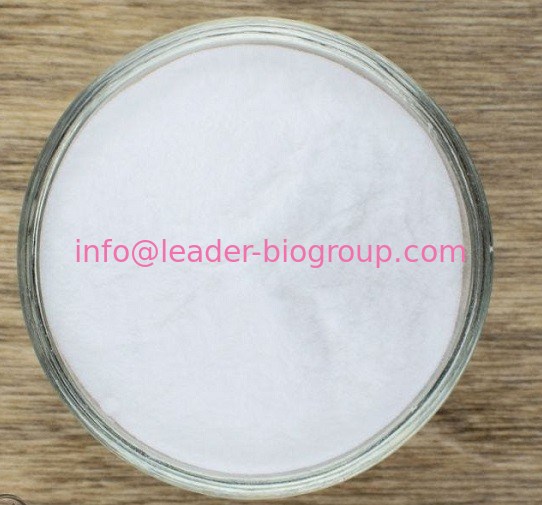
Google China Biggest factory supply Galacto-oligosaccharides(GOS)
-
Purity99.9%
-
UseHealth Care
-
OriginChina
-
Package1KG/Tin 25KG/Drum*Carton
-
ManufacturerXI'AN LEADER BIOCHEMICAL ENGINEERING CO.,LTD
-
Place of OriginCHINA
-
Brand Nameinfo@leader-biogroup.com
-
CertificationISO,GMP,SGS,HALA,KOSER,HACCP
-
Model NumberLD
-
Minimum Order Quantity25KGS
-
PriceNegotiate Depend on order quantity
-
Packaging Details25KG/Drum
-
Delivery Time2-3 working days
-
Payment TermsWestern Union, MoneyGram, T/T, L/C
-
Supply Ability10MTS/Month
Google China Biggest factory supply Galacto-oligosaccharides(GOS)
Lactose and Oligosaccharides | Lactose: Galacto-Oligosaccharides
Galactooligosaccharides (GOS) consist of β-linked galactose moieties with galactose or glucose at the reducing end. Known GOS contain β-(1→2), β-(1→3), β-(1→4), or β-(1→6) linked galactose moieties and have a degree of polymerization (DP) of 3–8. GOS occur naturally in the milk of some mammals, and particularly the milk of marsupials has high concentrations of GOS. GOS are also synthesized from lactose by transgalactosidase activity of β-galactosidases. GOS formation is favored by high concentrations of lactose, incomplete lactose turnover, low water activity, and the use of enzymes with preference for transgalactosylation. The linkage type(s) of resulting GOS is(are) specific for the enzymes used for biosynthesis. GOS are commercially applied as prebiotic functional food ingredients. GOS are not hydrolyzed by human digestive enzymes, but are fermented by colonic bacteria to short-chain fatty acids, CO2, and H2, and specifically stimulate the growth and metabolism of intestinal bifidobacteria. Overconsumption of GOS may result in vigorous intestinal fermentation and intestinal discomfort comparable to the symptoms of lactose overconsumption by lactose-intolerant individuals. This article presents the structure and natural occurrence of GOS, describes the mechanisms of enzymatic synthesis of GOS from lactose, and outlines the established or emerging biological activities of GOS in food applications.
